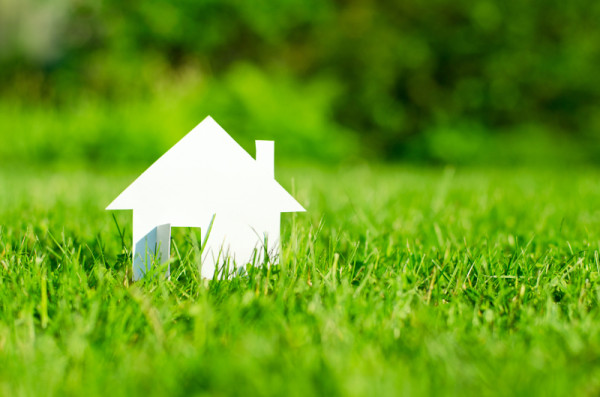Earth Hour City Challenge: Home, Green Home
On March 27, WWF will announce the 2014 global Earth Hour Capital from 14 finalist cities around the world – including Edmonton, our newly-appointed National Earth Hour Capital. We congratulate all 11 cities from across Canada that participated in this year’s Challenge. Here are some actions they’re taking that are worth celebrating!
Do you know the lifespan of an average building? Typical buildings are around for 50-100 years, and ones like the Mohawk Chapel in Ontario—built in 1785—show that they can last a lot longer. That’s why it makes sense to build them right the first time. Why? Because they contribute up to 35 per cent of all greenhouse gas emissions (GHG), and their construction and demolition creates about a third of landfill waste.
One way to lessen these negative environmental impacts is to build them with the Leadership in Energy and Environmental Design (LEED) ratings system. Since 2005, LEED Canada has created energy savings of 1,600,321 eMWh. That’s enough to power 54,307 Canadian homes for a year! It has also reduced GHG emissions by the amount equivalent to taking 58,980 cars off the road for a year. Another way to create greener buildings is retrofitting, or updating existing buildings with more energy-efficient components and technologies.
Two Ontario cities that participated in WWF’s 2014 Earth Hour City Challenge are committed to greener buildings. Ajax is taking advantage of the benefits of building with LEED. Their Operations Centre is LEED-certified, and both their Fire Headquarters and the Carruthers Marsh Pavilion are LEED Silver. The Audley Recreation Centre, a multi-use community centre that includes a pool and a gymnasium, is currently being built with LEED principles in mind.
Pickering, is committed to sustainable place making. That means aiming for zero impact from carbon emissions and making the city’s ecological footprint as small as possible – both of which encourage green buildings and construction. The city has also made focused retrofitting efforts that have an impact: They’ve updated old lighting systems and put in climate friendly new equipment and effectively reduced their emissions by more than 455 tonnes a year.
What can you do to make the buildings you use more energy-efficient? If you’re buying a new appliance—anything from washing machines to toasters—look for those with Energy Star or other efficiency labels. If you work in an office building, consider submitting an application for your building to become LEED-certified. If you own a home, consider going “retro” and retrofitting it with more efficient materials or systems, like Pickering did with their City Hall. Check out this post for tips and ideas on retrofitting.
And turn down the lights in the building you’re in to take a stand against climate change during Earth Hour #momentofdarkness on March 29th, from 8:30 PM to 9:30 PM.


